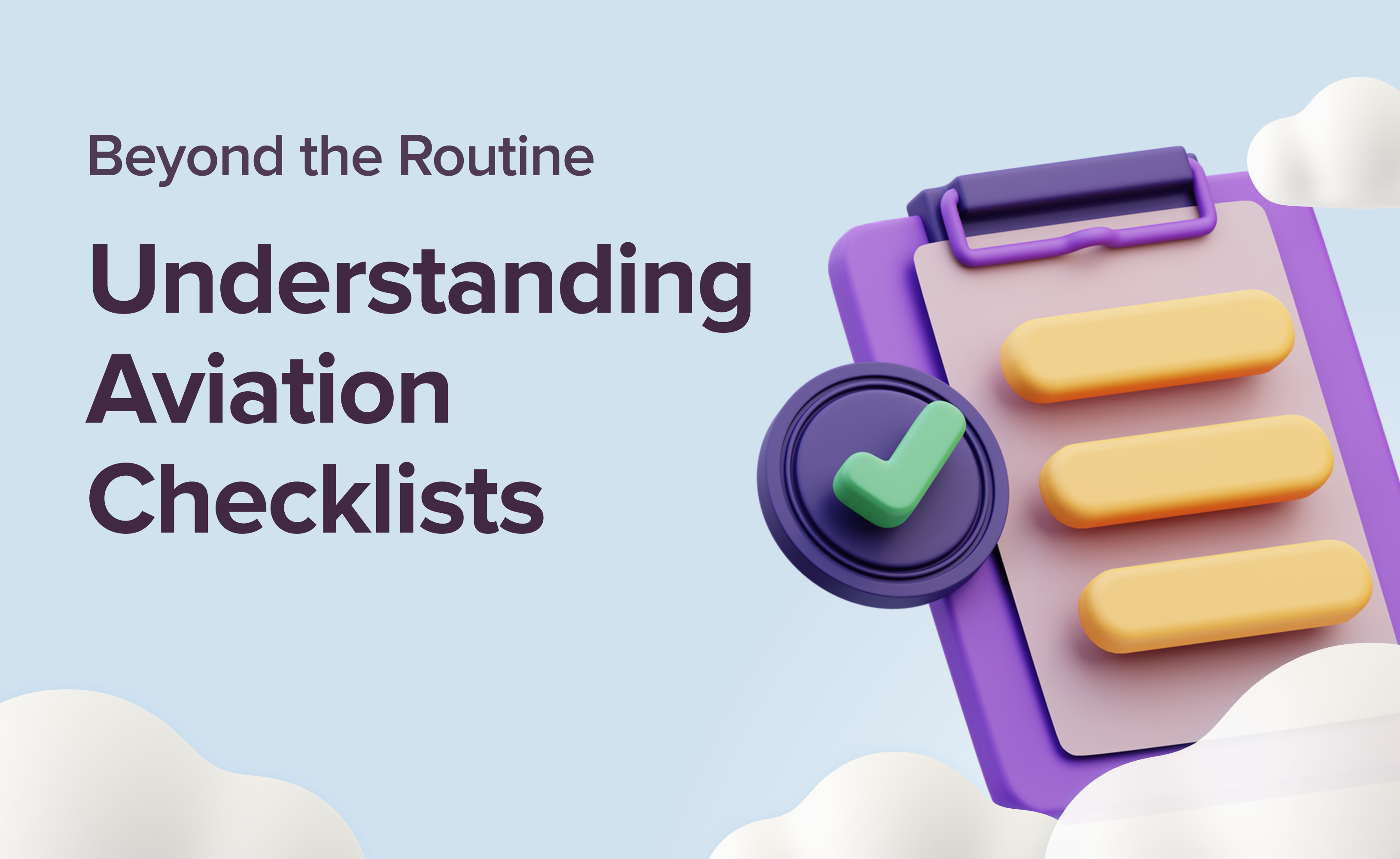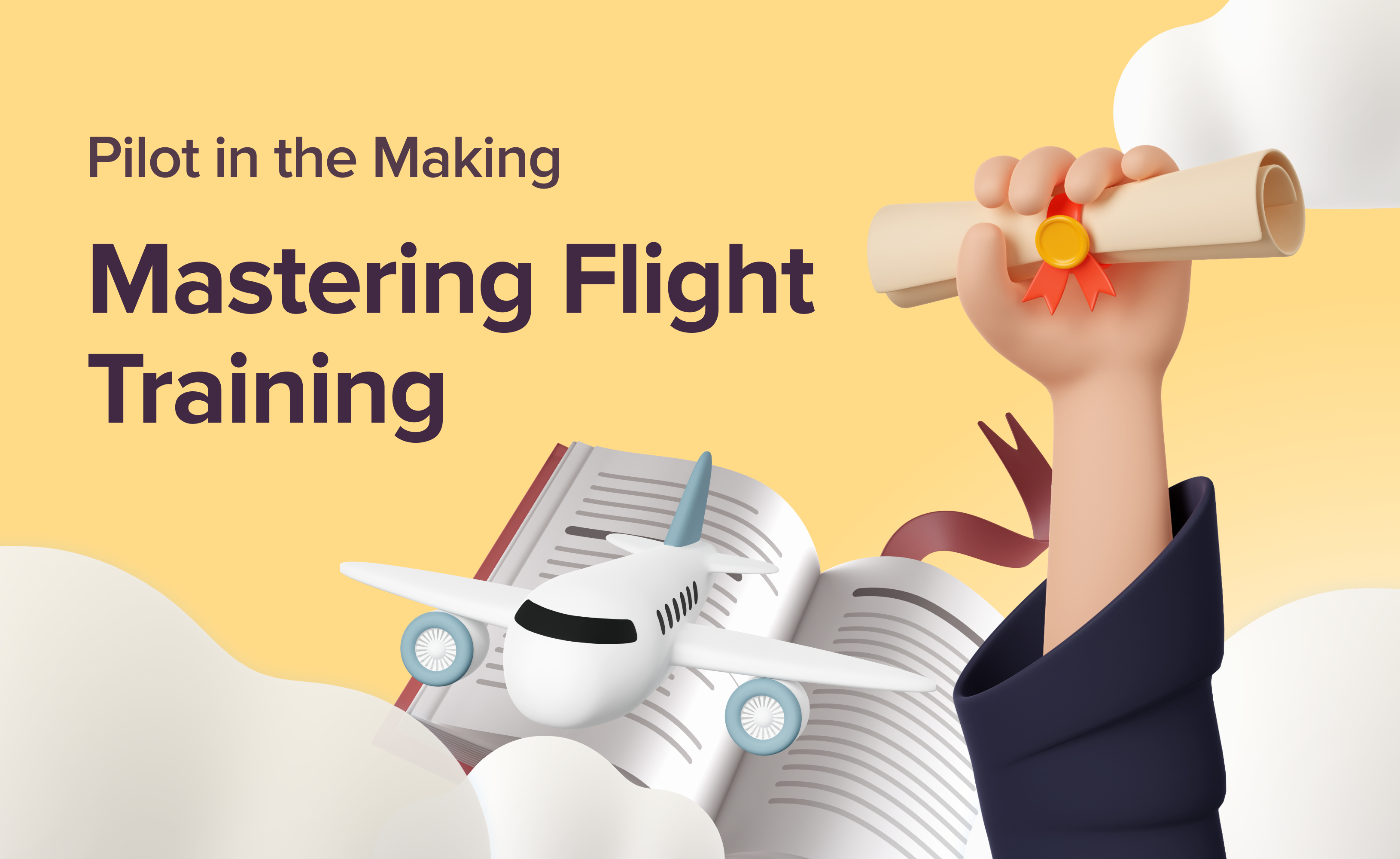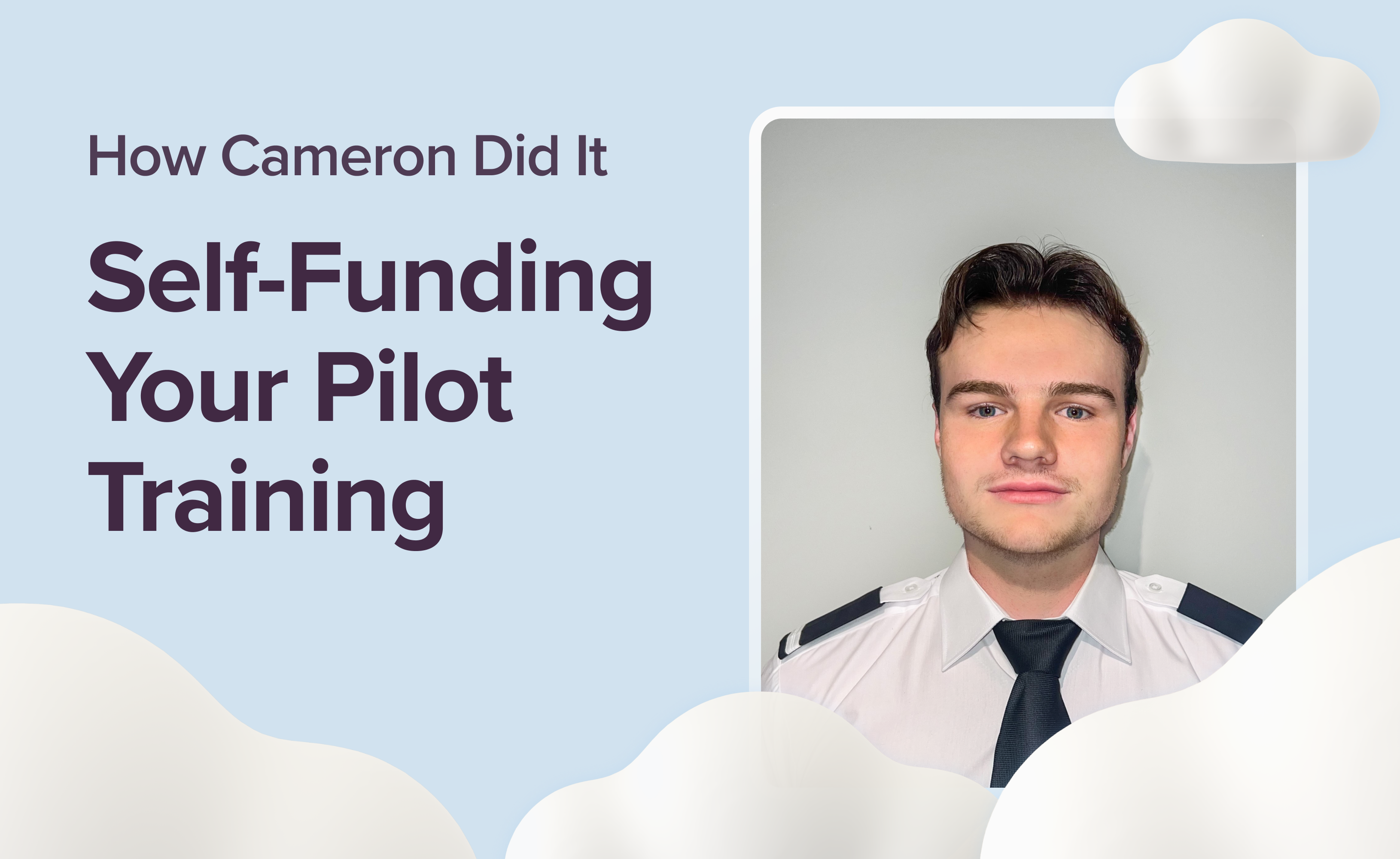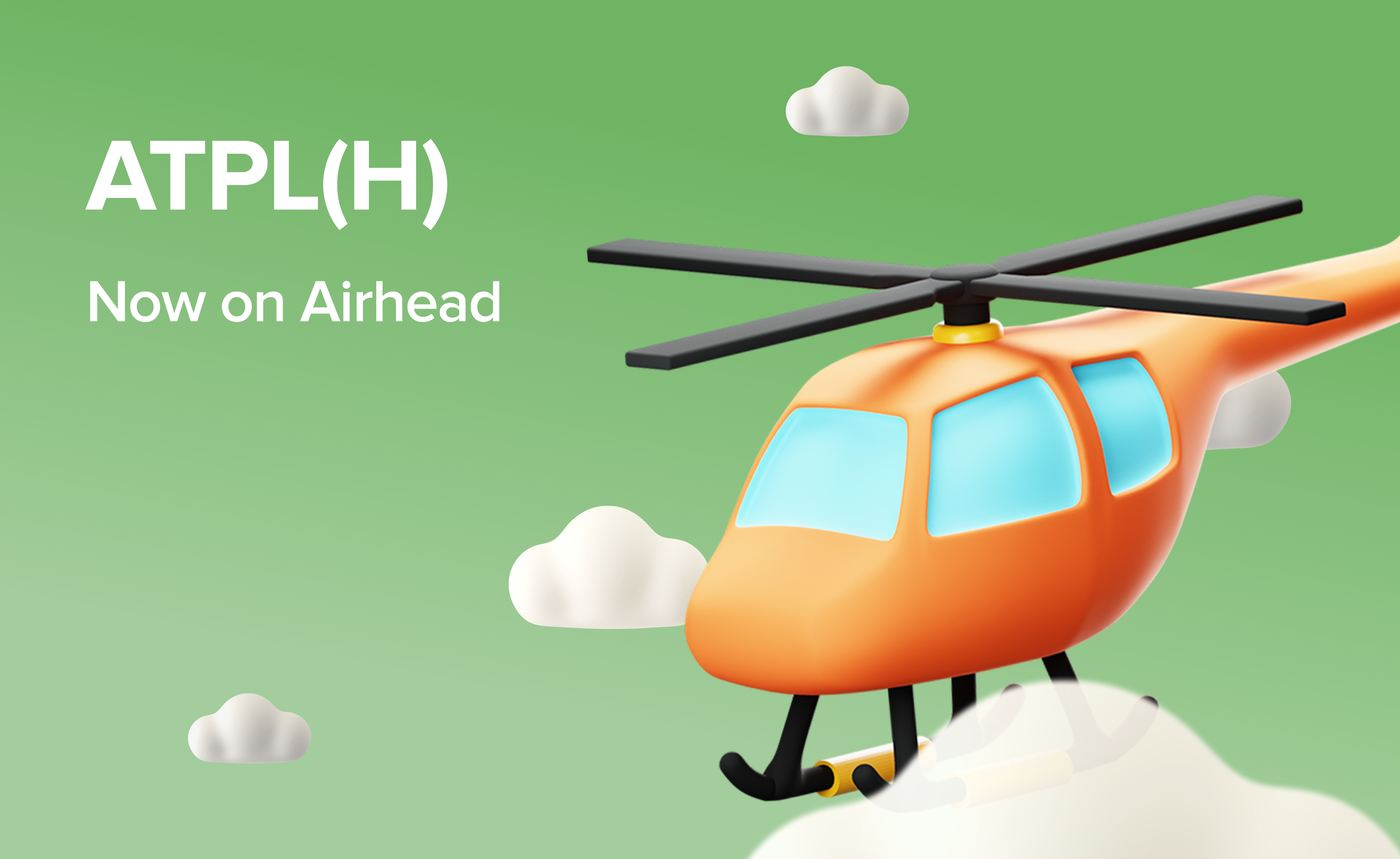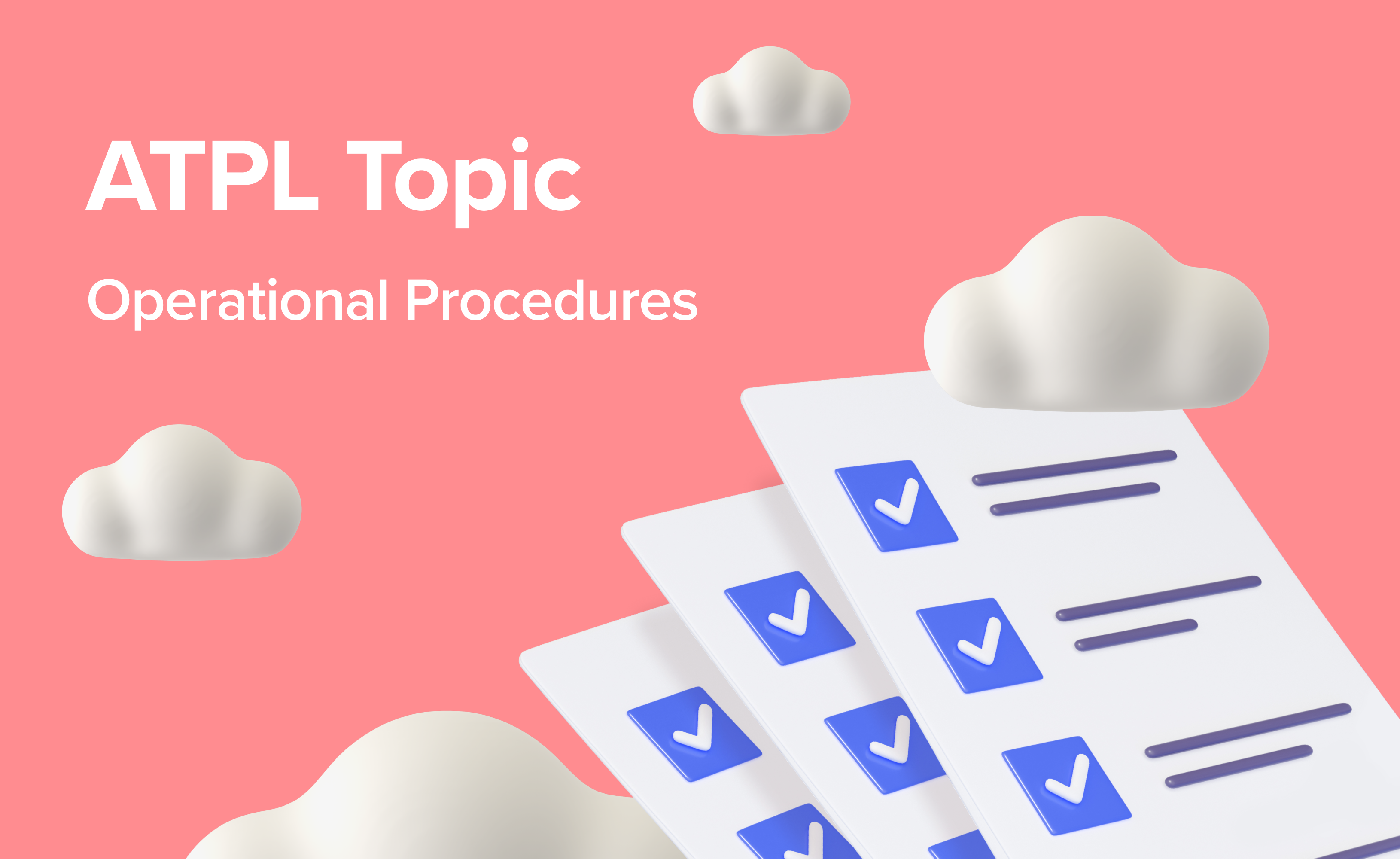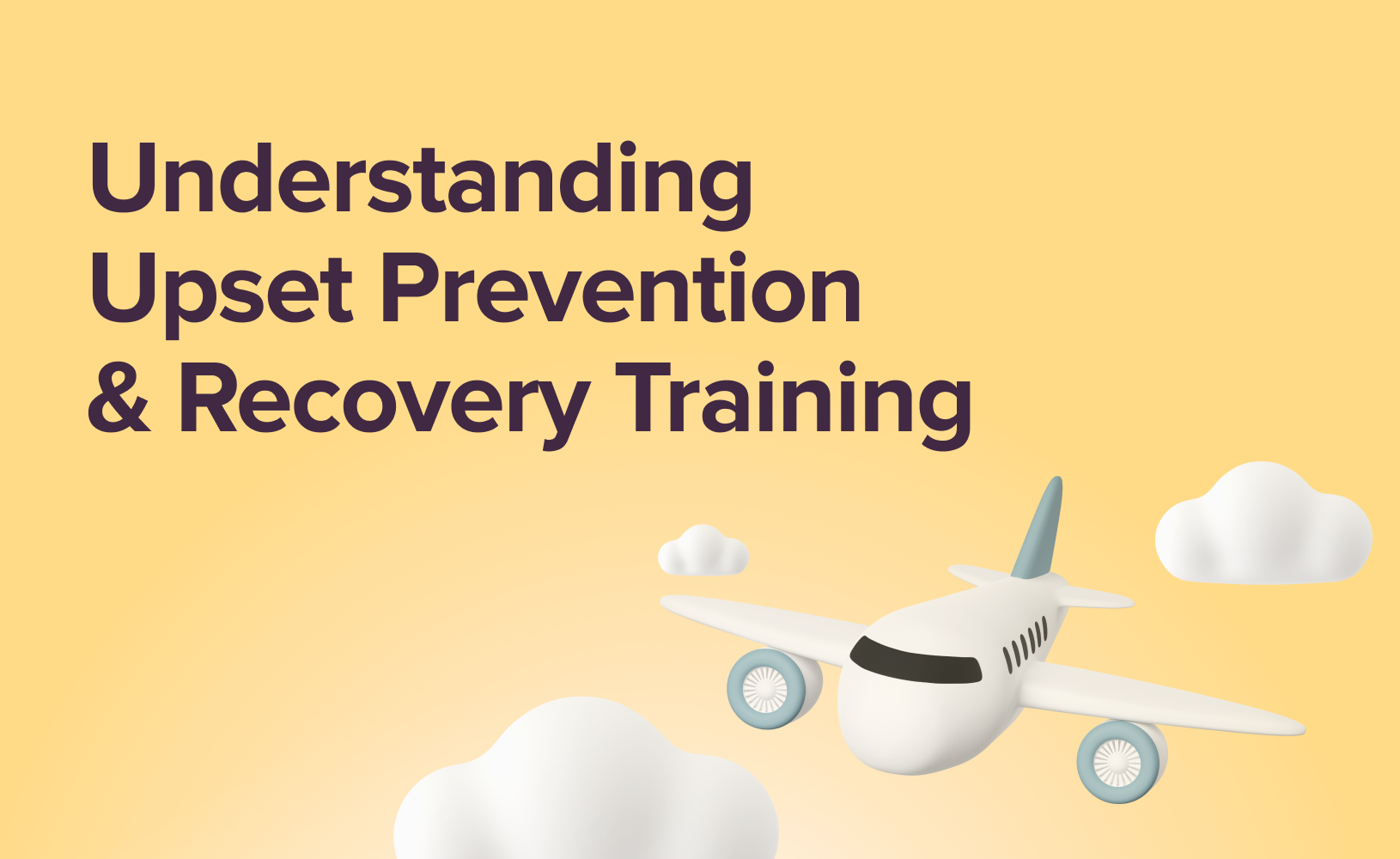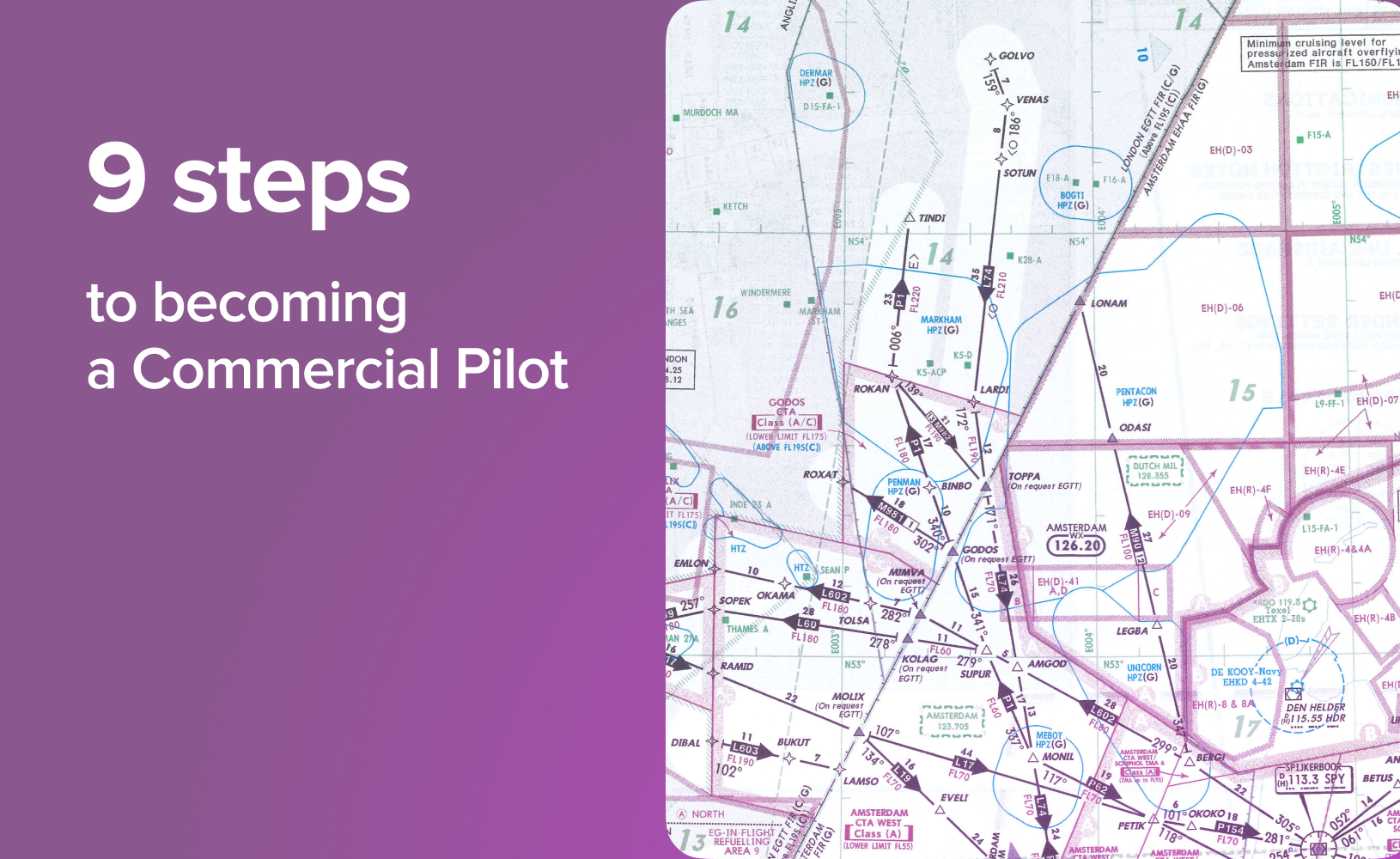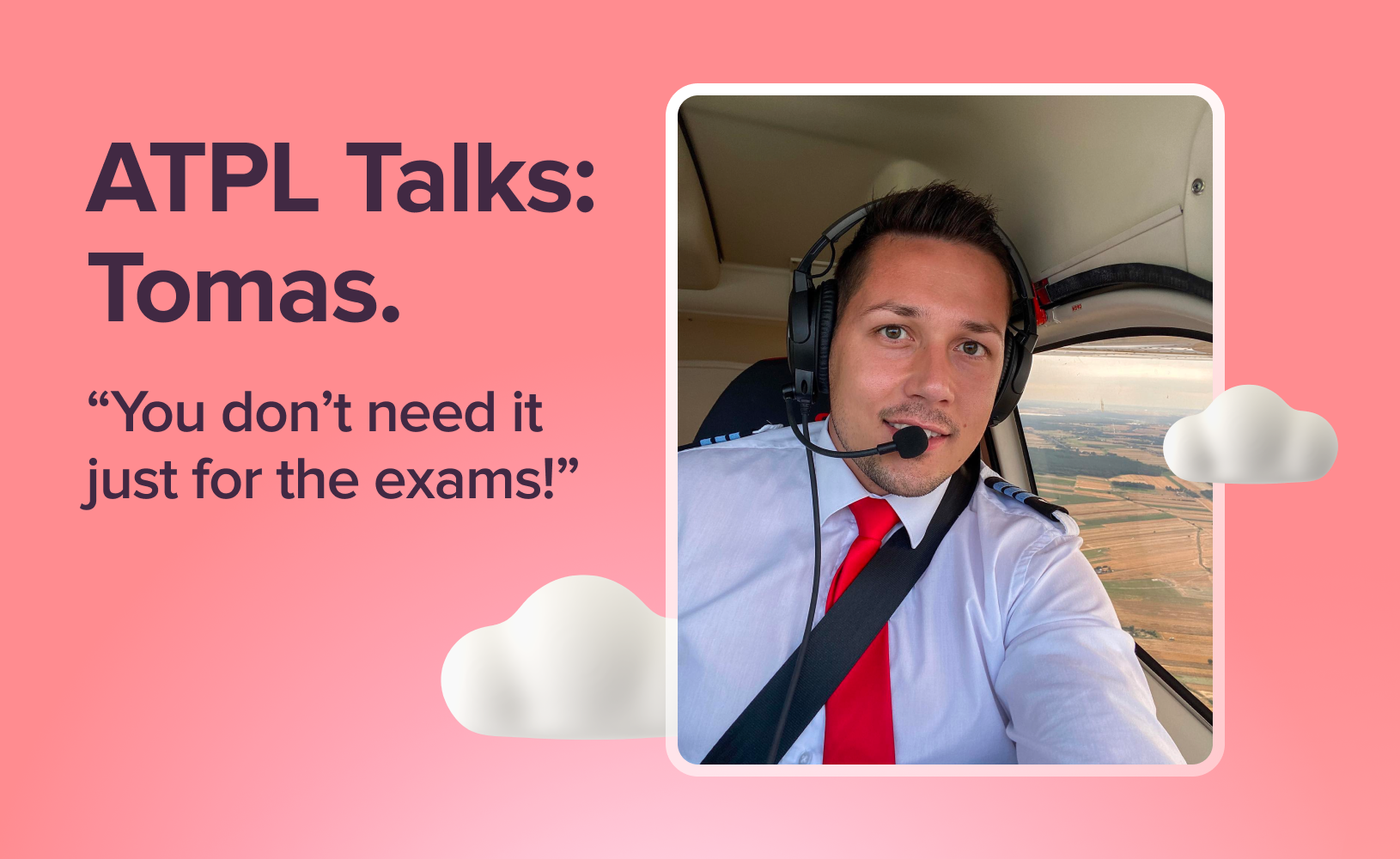Winter Flying: Tips to Handle Specific Challenges
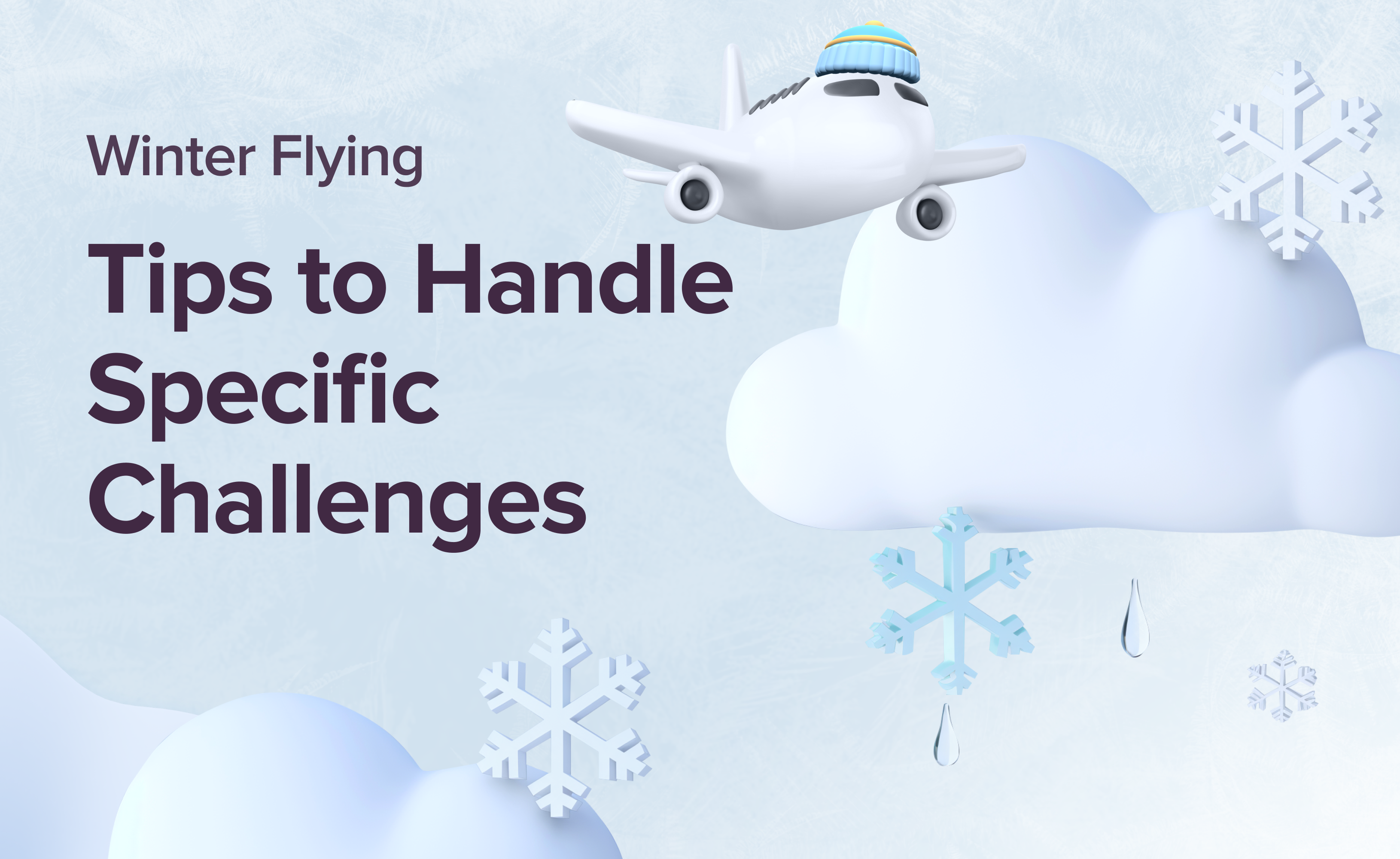
Late autumn and winter offer some of the most dramatic and challenging flying conditions across Europe. Dense fog, strong crosswinds, icing, and slippery runways demand heightened safety awareness and meticulous preparation.
However, these challenges can be overcome with the right mindset and careful planning. The reward for your efforts is the opportunity to experience breathtaking flight days with crystal-clear skies and unforgettable vistas.
In this guide, we’ll go over essential tips for navigating Europe’s winter weather, covering pre-flight preparations, de-icing, in-flight best practices, and strategies for safe landing in challenging conditions. Whether you’re a student pilot or have logged countless hours, this guide is designed to help you make the most of winter flying.
Preparing for Winter Flight Training

Winter brings conditions like reduced visibility, strong winds, and icy runways, which can be challenging but are also incredibly valuable for building confidence and skill. Your flight instructor will play a key role in assessing whether conditions are safe for your lesson, taking into account visibility, icing risks, and runway conditions.
While the following tips are primarily aimed at licensed pilots, they offer valuable insights for learners and newly licensed pilots alike. As you work through your training, this guide provides a glimpse into the best practices you’ll adopt for safe winter flying in the future. Understanding these routines early on will give you a solid foundation, helping you develop the habits and awareness needed to handle the unique challenges that come with winter aviation.
However, use each lesson as an opportunity to observe and learn from these conditions — ask questions, and take note of the signs your instructor looks for to determine whether the weather is suitable for training.
Winter training often means exposure to Instrument Meteorological Conditions (IMC), where visibility is limited, and pilots must rely on their instruments. This experience will deepen your familiarity with flying by instrument, a skill that can be invaluable as you progress. Clear winter weather is also a fantastic learning opportunity, allowing you to practise navigation with less distraction from haze or heat-related turbulence, and it builds experience in varied conditions.
Reviewing meteorology theory — especially winter-specific concepts like icing, turbulence, and pressure systems — will give you a better idea of how weather impacts flight and prepare you for safer decision-making in your aviation career.
Embrace the opportunity to train in severe weather conditions, as it builds resilience and reinforces the need for meticulous weather evaluation.
Clear Skies and Beautiful Views

Winter might bring its share of challenges, but it can also offer some of the most rewarding flying conditions, especially across Europe. Cold air is denser, enhancing aircraft performance, which means shorter take-off rolls, improved climb rates, and smoother handling. Crisp, clear skies are more common, especially following the passage of a cold front, which can provide breathtaking visibility for miles. The landscape transforms, with snowy peaks, frosted forests, and winding rivers creating a spectacular view from above — one that’s unique to winter flying.
In Europe, winter weather varies greatly by region. While the UK and northern Europe may see frequent low-pressure systems bringing clouds, snow, and rain, high-pressure systems in central and eastern Europe often bring still, sunny days with minimal turbulence. These conditions are ideal for VFR (Visual Flight Rules) flying and make for some of the smoothest flights of the year. Early mornings are typically the best times to fly, as skies are typically calmer, and visibility is at its highest before any afternoon haze sets in.
Winter Flight Prep

Your winter flight safety starts with thorough weather checks and meticulous route planning. In winter, weather can turn on a dime, so it’s worth getting into a solid routine with pre-flight checks. Before even heading to the airport, take a good look at all relevant weather data. Winter fog and low clouds are pretty common across Europe, so make sure visibility limits are looking favourable. Then, check the winds. Strong crosswinds can make things tricky, so knowing what to expect and feeling confident in your ability to handle gusty conditions is key.
It’s also worth doing some digging on alternate routes and airports. Winter conditions can sometimes mean unexpected closures or poor runway conditions, so a quick scan of NOTAMs (Notice to Air Men) or a look at airfield webcams can give you a clearer picture of what’s ahead. If you can, call ahead to both your destination and alternate airfields. Many aerodromes have webcams that show real-time conditions, which can be a lifesaver. And if you know anyone at your destination, reach out and get their take on local conditions—especially if there’s a hint of ice or snow in the forecast.
On the day itself, dress the part. Winter flying isn’t the time to skimp on layers. A warm hat, gloves, boots, and sunglasses are essential since temperatures can fluctuate. Remind any passengers to layer up too. Not only will dressing warmly keep you comfortable, but it also means you’re less likely to rush or skip steps during the pre-flight walk-around. After all, a thorough check without the cold nipping at you makes all the difference.
Winter Aircraft Prep
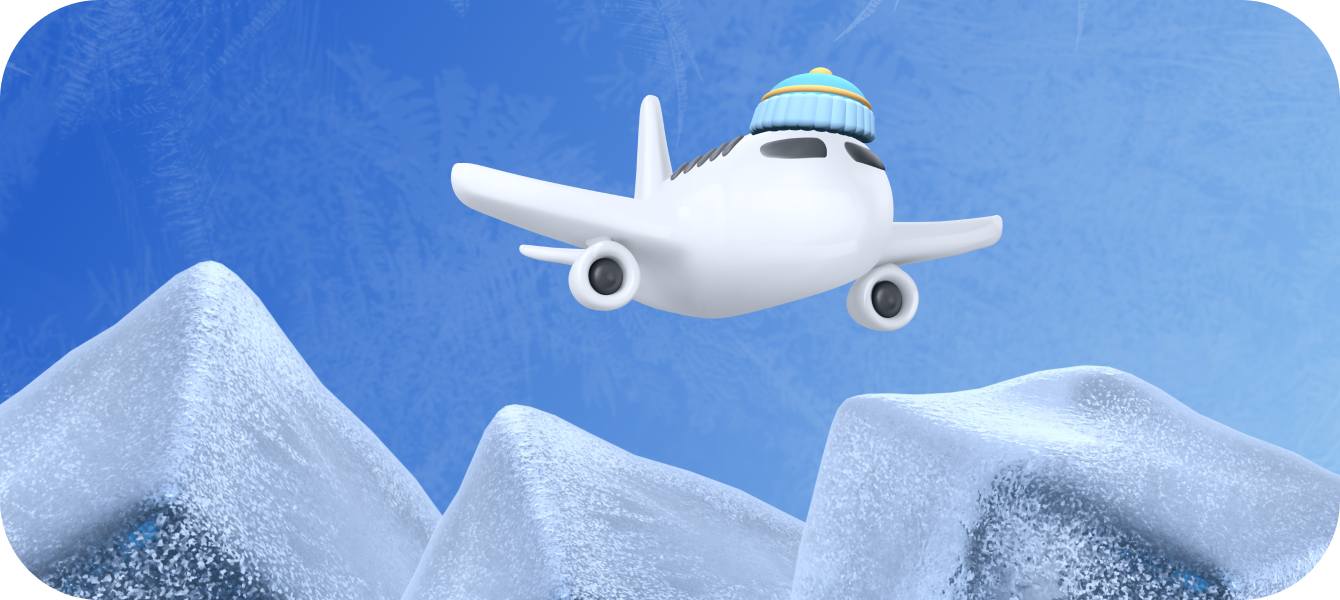
When your aircraft is stored outside in winter, taking a little extra time to clear any snow or ice build-up becomes essential. Snow and ice on the wings and fuselage add weight and mess with airflow, reducing lift and creating drag. First up, if sunlight isn’t helping melt things down, grab some de-icing fluid or approved tools to remove frost and ice. Avoid using hot water — it’ll refreeze almost instantly in the cold and leave you with a thin ice layer instead.
Pay special attention to key areas like the pitot tube, static ports, and windscreen, as blockages here can interfere with instrument readings. Once the ice and snow are clear, give the aircraft a good wipe-down to dry off any lingering moisture and prevent refreezing — especially if it’s cold and damp out.
When it comes to fuel and fluids, aim to keep your tanks topped up to reduce condensation. Just be cautious if you’re moving the aircraft from a cold area to a warm hangar; as the fuel warms, it expands and can overflow, creating a safety hazard. Always inspect the fuel system for any water or ice contamination, as even a tiny amount can restrict fuel flow and potentially cause engine trouble. And don’t forget to check the oil breather tube regularly for ice blockage, which can lead to engine pressurisation and possibly cause failures or blown seals.
For engine start-up, a cold engine often needs some pre-heating. A portable heater or another approved method can warm it up in around 10–15 minutes. Avoid overpriming, as too much primer complicates cold starts. Once you’re up and running, keep an eye on the oil pressure — it should hit the green range within 30–60 seconds, and any unusual readings could be a sign of trouble. Give your engine time to warm up gradually before pushing the throttle. This avoids “shock cooling,” which can damage cylinder heads and other critical parts.
In-Flight Tips To Embrace the Cold

Flying in winter means staying on top of icing risks, especially when temperatures hover between -20 °C and 5 °C. It’s a prime range for ice build-up, so keeping a close eye on conditions is essential. Start by regularly checking the Outside Air Temperature (OAT). As the temperature approaches freezing, the risk of ice forming increases, so it’s important to stay alert. Make sure you’ve got the pitot heat on, even in clear VFR conditions; it prevents ice accumulation in critical sensors that affect instrument readings. Keep an eye on visible areas like rivets, antennas, and the edges of the wings for any signs of ice build-up, and be ready to take immediate action if you spot anything forming.
Winter weather also calls for a bit more situational awareness, as ice can build up even on the ground if temperatures drop fast. When it does, ice not only adds weight but disrupts airflow and can clog critical parts like the pitot tube and carburettor. January and February are typically high-risk months for icing, so make checking the OAT and looking for signs of clear or rime ice part of your routine.
Engine care is also more demanding in cold air. Avoid sudden throttle changes; they can put stress on engine components. Monitoring oil temperature is crucial — low oil temps can allow moisture to stay in the oil, which over time can lead to engine wear. Keep the temperature within the recommended range. If you’re flying a carburetted engine, be on the lookout for carburettor icing, especially during lower RPM operations or long taxiing. Staying ahead of these cold-weather factors helps you keep your flight smooth, safe, and ready for whatever winter throws at you.
Approach and Landing in Winter Weather

Approach and landing in winter conditions call for a little extra caution, especially when managing your engine and descent speed. Start by easing into your descent gradually, which helps avoid “shock cooling” the engine. Sudden throttle reductions can drop engine temperatures rapidly, putting stress on cylinder heads and even risking cracks. A smooth, gradual power reduction keeps engine temperatures steady, protecting critical components as you make your way down.
Once you’re ready for landing, take note of runway conditions. Winter runways can be unpredictable, with everything from snow to patches of ice that reduce braking effectiveness. Always check the latest runway condition reports to get a sense of what you’re dealing with. If conditions seem slippery, consider extending your landing distance a bit for a safer rollout. Planning for that extra distance gives you room to slow down gradually, without relying too heavily on brakes that might struggle to grip an icy surface.
As you approach, keep an eye on your descent speed and angle, especially if there’s a crosswind. Winter winds can be strong and gusty, making precise control crucial for a smooth landing. A little extra attention here not only makes for a safer approach but gives you confidence in handling winter’s specific challenges. With a steady descent and a well-thought-out landing plan, you’ll be set to bring it down safely, no matter what the weather throws your way.
Stay Warm but Watch for Carbon Monoxide

As much as we rely on cabin heating to stay comfortable in winter, it does come with a hidden risk: carbon monoxide (CO) poisoning. Known as the “silent killer,” CO is a colourless, odourless gas that can slip into the cockpit without warning. Even a small amount of CO can lead to symptoms like dizziness or confusion, while higher levels can result in unconsciousness, posing a serious risk, especially for solo pilots. But by staying aware of the dangers and setting up strong prevention measures, you can stay warm without worry.
Carbon monoxide forms as a by-product of incomplete fuel combustion, and it can enter the cabin through exhaust leaks, ageing seals, or gaps around the firewall. Although exhaust systems are usually designed to vent gases safely away from the cabin, wear and tear, poor sealing, or age can lead to small leaks over time. CO contamination tends to peak during phases where the engine mixture is rich, like taxiing, take-off, climb, and landing. So, if you’re prepared and aware, you’re already halfway there.

Knowing where to watch for CO leaks helps you address these points before they become an issue. Start with the exhaust system—cracks or poor-fitting parts can let CO-rich fumes seep in. Check around the firewall, as gaps or old seals can allow entry, and keep an eye on the heating baffles or ram air systems, where cracks can compromise cabin air. Loose seals around cabin doors or landing gear wells can also allow CO to enter, particularly on the ground when exhaust fumes build up in high-traffic areas.
Since CO is undetectable by sight or smell, recognising early symptoms is key. If you notice headache, dizziness, shortness of breath, or nausea, act quickly and don’t second-guess your instincts. CO symptoms can escalate fast, so it’s always better to be safe.
Winter flying is all about thinking ahead and taking simple, preventative steps. Schedule a full inspection of your aircraft’s heating and exhaust systems before the winter season begins, and be sure a certified mechanic checks for any potential leaks. Installing a quality carbon monoxide detector is one of the best protections you can have. Electronic CO detectors provide continuous monitoring and are more effective than chemical spot detectors, giving you real-time updates on air quality.
For extra safety on the ground, lean the mixture when possible to reduce CO output and avoid idling in areas where exhaust fumes may be dense, especially near other aircraft. Winter flying is about staying alert, prepared, and knowing what steps to take if anything feels off.
Airhead's Takeaway

Winter flying in Europe requires extra effort and vigilance, but with the right preparation, it can be one of the most rewarding experiences for any pilot. Embrace the season with an open mind, dress warmly, plan meticulously, and always put safety first. Whether it’s your first winter season as a student or one of many as a seasoned pilot, these practices will keep you ready to face winter’s challenges and enjoy its unique beauty from the sky.
Fly safe and make the most of this winter season!

